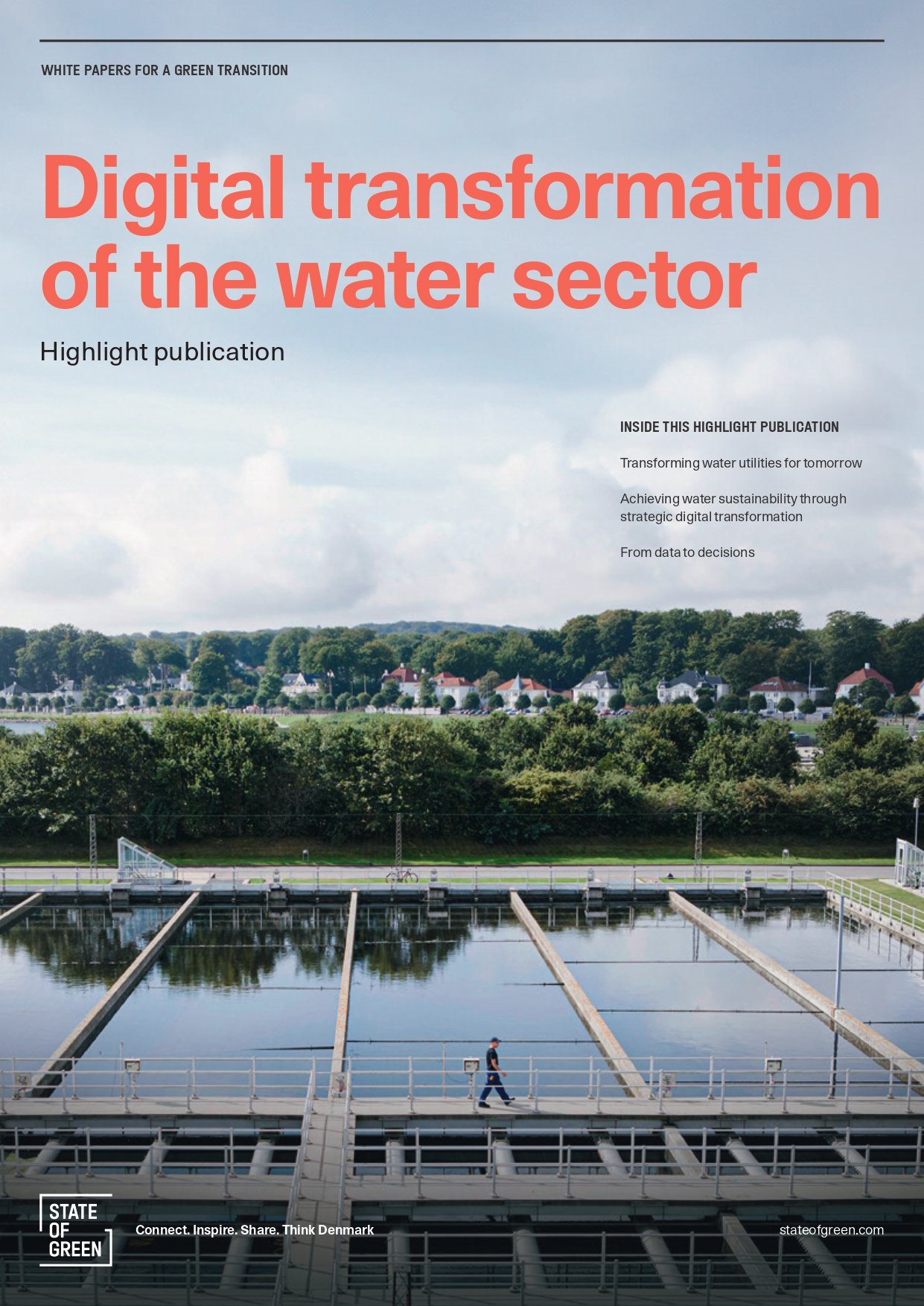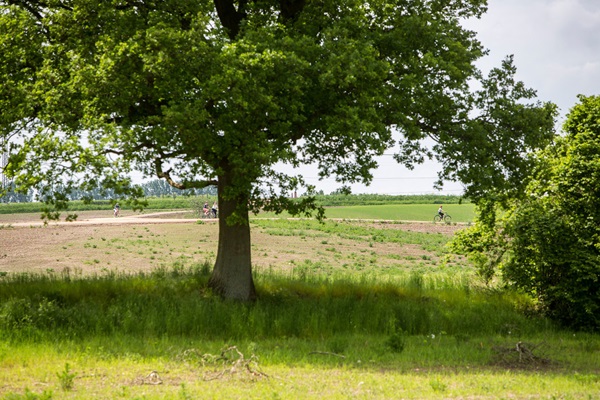News
District energy
Water management
International collaboration key to a sustainable future


Almost three years ago, in November 2015 in Paris, world leaders came together and agreed to keep anthropogenic global warming well below 2°C, aiming at even 1.5 °C. But without major advances in clean energy technology we will likely only see modest improvements, the report states. The result is that even if the countries fulfill their existing pledges the globe will warm up by some 2.7°C to 3.5°C. Therefore more ambitious policies and actions are needed.
- Related news: New Publication Showcases Top 100 local Climate Solutions From Denmark
The report was launched adjacent to the Clean Energy Ministerial (CEM) and Mission Innovation (MI) meetings taking place in Copenhagen and Malmö during Nordic Clean Energy Week May 21.-25.
- It was our hope that the decision-makers meeting in Denmark and Sweden would re-confirm the need for international collaboration and thereby actively support the scientific community in linking resources and knowledge across borders, says Katrine Krogh Andersen, dean of research at DTU.
- International scientific cooperation on energy technologies has existed for decades and contributed to the development of technologies needed to mitigate climate change. As countries develop sustainable energy systems it is of great importance that all have access to the best knowledge in order to find the optimal solutions. Man-made climate change can only be handled in global collaboration.
- Related news: Europe's Most Sustainable Building: Resilience House, Denmark
The DTU International Energy Report features perspectives on Research and Development (R&D) challenges in respect of the Innovation Challenges from leading researchers (see fact box). The report also describes the R&D challenges that relate to energy storage. It demonstrates that research into emerging energy technologies, from universities and industry alike, has never been closer to mitigate and combat climate change. But it also shows that further research and a speeding up of technology transfer is much needed.
- Since its launch in 2015, the research communities and industries engaged in international cooperation in energy technology have harbored great expectations of Mission Innovation, says Birte Holst Jørgensen, senior researcher and lead editor of the report.
- But things are changing as the United States in particular has chosen to step out of the Paris agreement and cuts to R&D projects are common in other countries. A key conclusion in this report, therefore, is that, Mission Innovation needs to consolidate and deliver a concerted international contribution. The race to accelerate the clean energy revolution must be conducted with committed pledges and activities by all parties, governments, industries and research communities alike.
Recommendations from the DTU International Energy Report 2018
- Accelerate Mission Innovation. MI should maintain its momentum and create a flexible platform for international cooperation that welcomes multiple (and new) actors, facilitates knowledge and information-sharing, and promotes the cost- and task-sharing of RD&D activities. Members should provide the necessary funding for a lean but powerful secretariat, which could be located together with the Clean Energy Ministerial secretariat at the IEA, where it would be able to rely on tested frameworks and a well-established administration.
- Accelerate Innovation Challenges. MI must keep up its momentum in the Innovation Challenges and actively support further development both within and across Innovation Challenges. Coalitions of interested countries should support joint projects on selected Innovation Challenges that have already made progress in their strategic research programs. Opportunities for cooperation with industry and co-financing should be facilitated.
- Accelerate analytical support. MI should allocate the necessary funding to monitor the pace of technological progress, its impact and the diversity of the portfolio of mitigation technologies being developed (as also suggested by Myslikova et al. and IEA). Advanced data analytics could support decision-makers in further developing and aligning research activities across institutional and disciplinary boundaries.
What is Mission Innovation
Mission Innovation is made up of twenty-two countries and the European Commission, accounting for over 80% of global public investment in clean energy research and development, totaling approximately $15 billion USD per year.
Members have identified seven Innovation Challenges on which to focus and to which to commit resources. These are global calls to action and are envisaged as catalysing international cooperation. They cover the entire spectrum of RD&D, from early-stage research needs to projects to demonstrate technologies.
The current seven Innovation Challenges are as follows:
- Smart Grids Innovation Challenge – to enable future grids that are powered by affordable, reliable, decentralized renewable electricity systems
- Off-Grid Access to Electricity Innovation Challenge – to develop systems that enable off-grid households and communities to access affordable and reliable renewable electricity
- Carbon Capture Innovation Challenge – to enable near-zero CO2 emissions from power plants and carbon intensive industries
- Sustainable Biofuels Innovation Challenge – to develop ways to produce, at scale, widely affordable, advanced biofuels for transportation and industrial applications
- Converting Sunlight Innovation Challenge – to discover affordable ways to convert sunlight into storable solar fuels
- Clean Energy Materials Innovation Challenge – to accelerate the exploration, discovery and use of new high-performance, low-cost clean energy materials
- Affordable Heating and Cooling of Buildings Innovation Challenge – to make low-carbon heating and cooling affordable for everyone
- Source: DTU















